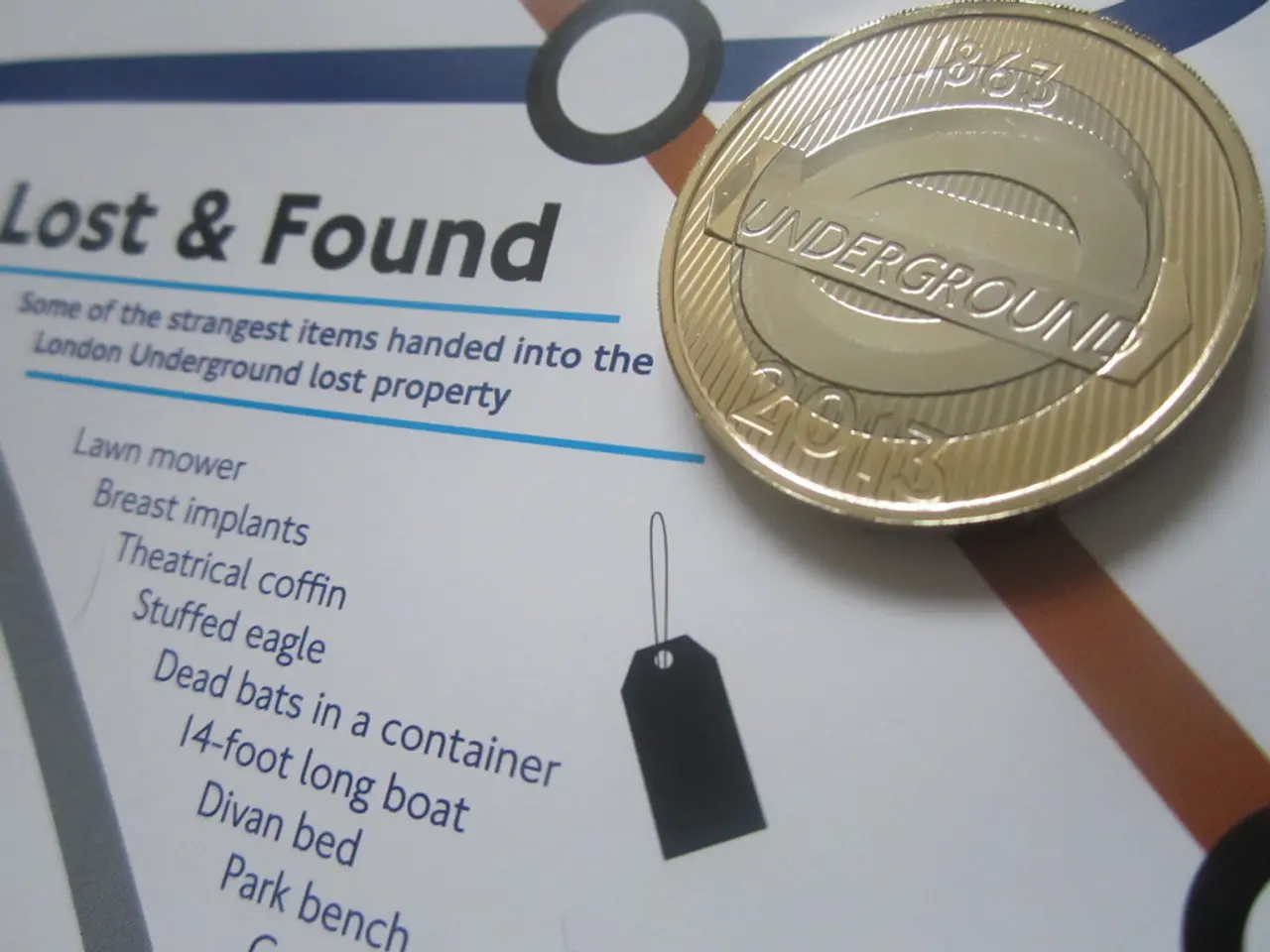Kakao is readying a stablecoin backed by the Korean Won within its Kaia platform, as lawmakers mull over fresh regulations.
South Korea Moves Towards Stablecoin Regulation, Boosting Kakao's Plans
South Korea is set to establish a clear legal framework for stablecoin regulation, with the Financial Services Commission (FSC) planning to submit a bill to the National Assembly in October 2025 [1][3][4][5]. This legislation will cover stablecoin issuance rules, collateral oversight, and risk management standards, following the Virtual Asset User Protection Act phase two.
The draft legislation, supported by President Lee Jae Myung, aims to enhance South Korea's monetary sovereignty by promoting the development of a won-pegged stablecoin, reducing dependence on U.S. dollar-backed stablecoins that currently dominate the global market [1][3][5]. The legislation seeks to create a secure, transparent, and regulated environment for these digital assets, addressing operational safeguards and improving domestic control over digital finance [4][5].
One of the key players in this development is Kakao, a South Korean internet conglomerate. KakaoBank, an affiliate of Kakao, is actively preparing to issue a Korean won-pegged stablecoin, making it one of eight major banks pursuing such initiatives to launch by 2026 [2]. KakaoBank's existing digital asset infrastructure, including KYC and AML compliance systems, and experience with Korea's CBDC experiments position it strongly to take advantage of the new regulatory framework [2].
The stablecoin legislation is expected to provide the legal certainty and regulatory clarity needed for Kakao and other Korean financial institutions to confidently launch and operate won-backed stablecoins. It will also enable collaboration with global players like Circle, potentially facilitating cross-border payment solutions involving Kakao's stablecoin [2][4][5].
Kaia, an entity that operates a public blockchain formed from the merger of Klaytn and Finschia, is another player in South Korea's stablecoin landscape. Kaia has registered the trademarks "KRWGlobal," "KRWGL," "KRWKaia," and "KaKRW" with the Korean Intellectual Property Office [6]. Kaia's plans include embedding digital KRW across apps used by tens of millions in South Korea, potentially allowing users and businesses across Kakao's ecosystem to access DeFi protocols within mobile apps [6].
However, the challenge for KRW stablecoins is the lack of clear, compelling use cases compared to dollar stablecoins [7]. The Bank of Korea is studying deposit tokens on public chains and has suggested starting with bank-issued stablecoins first [7]. The launch of any won-pegged stablecoin by Kakao or rivals will hinge on these final rules [7].
In summary, South Korea's move towards stablecoin regulation is set to accelerate the launches of won-pegged stablecoins by KakaoBank and other Korean financial institutions under a regulated regime that supports innovation while safeguarding financial stability [1][2][3][4][5]. The development of Kaia's public blockchain and Kakao's involvement in the Kaia blockchain also positions South Korea as a key player in the global stablecoin market.
Read also:
- New release for 2026: Dodge Charger Scat Pack with gas-powered engine, due out by year's end.
- New Cybertruck Owner Reports Persistent Problems, Hesitant to Send for Repairs Fearing Potential Worsening of Malfunctions
- Significant U.S. Manufacturing Transformation Instigated by Apple's Over $100 Billion Investment under Trump's Influence
- AI Adoption Critical for Europe to Close Productivity Chasm with the U.S. (as per Tech Expert)






